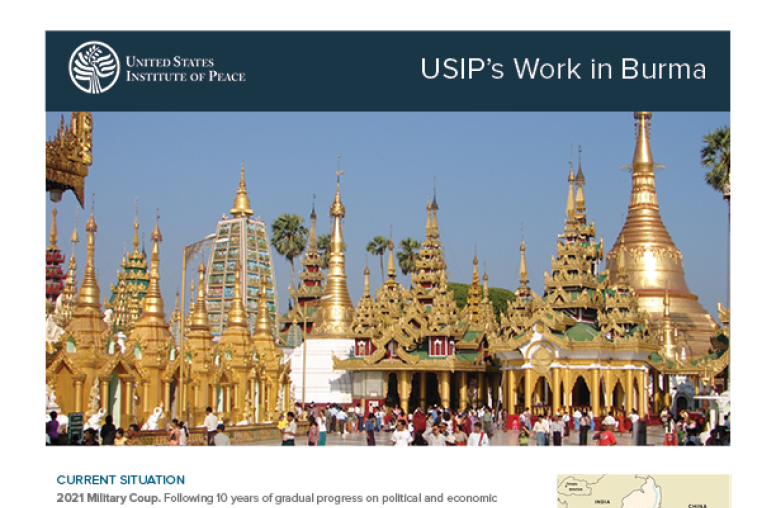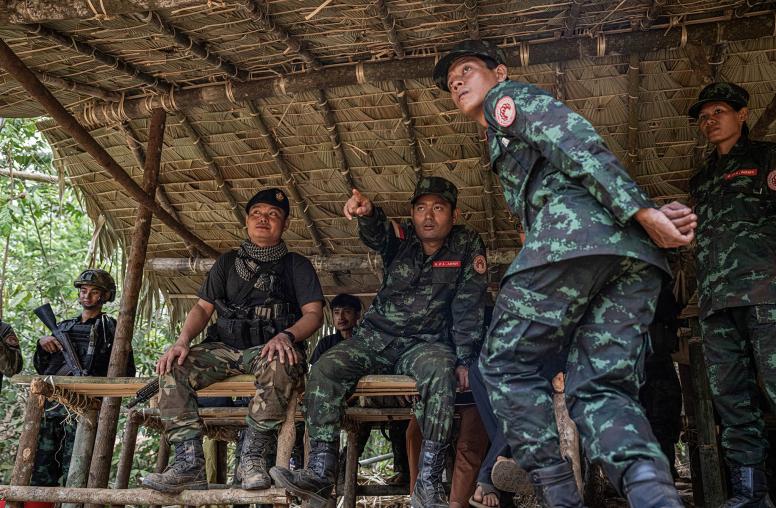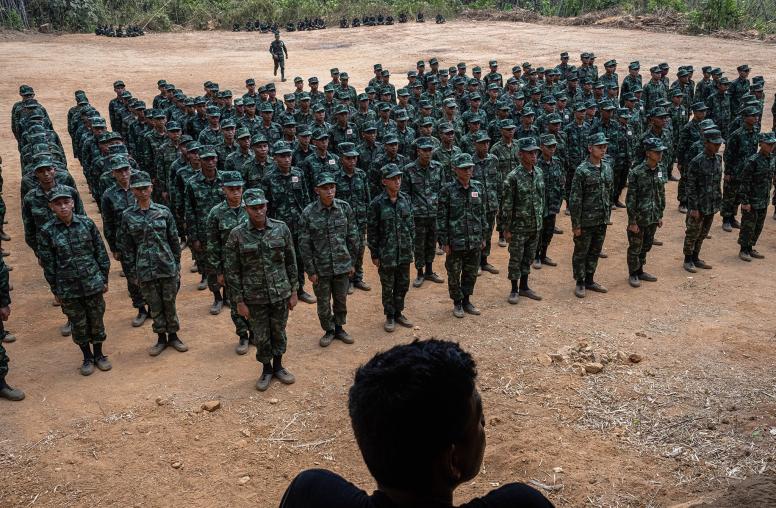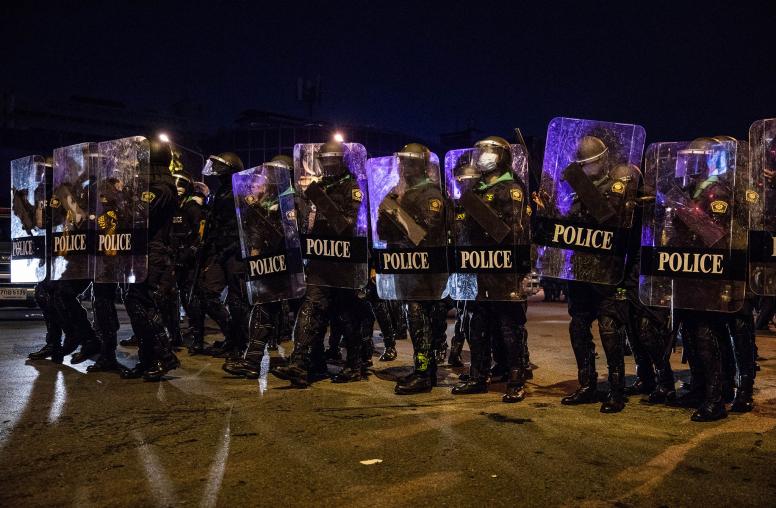It is a mistake to view the desperate boat migration currently unfolding in Southeast Asia’s Andaman Sea and the Bay of Bengal as simply a manifestation of the sad plight of the Rohingya Muslim minority in Myanmar, and thereby to conclude that the solution lies only in Myanmar. In fact, it is a much wider regional and even global problem that will require a complex set of separate but related actions to bring about a humanitarian solution.
This will only be possible with a concerted international effort, preferably under the guidance of the United Nations High Commissioner for Refugees (UNHCR) and the International Organization for Migration (IOM). Those two organizations, along with the UN High Commissioner for Human Rights and the Special Representative of the UN Secretary-General for International Migration and Development, issued a statement May 19, appealing to regional leaders who’ve been reluctant to take in stranded migrants, and urging authorities to place a higher priority on “saving lives, protecting rights and respecting human dignity.”
“An international response that consists primarily of assigning blame for this humanitarian tragedy is no longer tenable.”
Almost 1,000 people are believed to have died at sea and the same number again from abuse by traffickers and smugglers. Malaysia, Indonesia and Thailand found more than 3,000 “hungry and dehydrated” migrants washed up on their shores this month, the Associated Press reported, citing the U.N. refugee agency.
Essentially the problem consists of four key components. First is indeed the inhumane treatment of the Rohingya minority in Myanmar, which has a long history but has surfaced in its current virulent form as a result of political liberalization in the country, which also is known as Burma.
The second component consists of increasing demographic, economic, and political pressures in Bangladesh. In the midst of that is a similarly inhumane condition for that country’s Rohingya population.
The third factor is the unfettered growth of a group of vicious human traffickers, seeking to profit from the trade in human misery.
And the fourth is the prevalence of weak and corrupt governance in the countries involved, which has created the perfect breeding ground for this humanitarian crisis. Some observers, for example, see evidence that the traffickers and their profits are connected with corrupt officials in several of these governments.
It will require a holistic approach to bring the migration under control and find humanitarian solutions for the victims, an approach that can only be organized under an experienced international umbrella.
Precedent in the Region
There is precedent for this in the region: The UNHCR organized an international effort, called the Comprehensive Plan of Action, to staunch the massive boat exodus from Vietnam following the U.S. withdrawal from the war in 1975. The plan was successful precisely because a large number of governments and non-governmental organizations took part in organizing the complex solution.
Each component of the current boat migration must be addressed separately, but in coordination with the other components, because they are all related. Normalizing the status of the Rohingya – in fact the entire Muslim population – in Myanmar will only be possible if it can be distinguished from the boat migration. In order to move forward with plans for granting citizenship and protection for the Muslim population in Rakhine State, Myanmar must be assured that it will not also be saddled with a new influx of migrants from Bangladesh, an impression brought on by the false assumption projected by international commentary that all the boat migrants are Rohingya. As we have seen in the most recent wave of boats, many – perhaps even the majority – of the migrants are from Bangladesh.
The resolution of Myanmar’s piece of the problem will also require focused international assistance to raise the living standards for the whole population of Rakhine State. Myanmar does not have the means to accomplish this alone in a timely fashion. The current international program in Rakhine State is focused essentially on humanitarian assistance; in concert with the Myanmar government, it must be significantly expanded to encompass both development assistance and investment.
Bangladeshi Migrants
Similarly, the situation in Bangladesh will require an international effort to help the Bangladeshi portion of these migrants return to that country and to convince the government there to normalize the status of its large Rohingya population. This will only be possible in the context of a strong international program that is able first to stabilize the boat migration, identify the origins of its victims and bring the traffickers to justice.
There are also thousands of Rohingya in other countries whose status must be normalized. The holistic nature of an international program will be necessary to sort out the global dimensions of this migration and stabilize it.
Other governments in the region must face up to their role in facilitating the current migration. There is a reason why the chief destination of these boats has been Thailand and Malaysia. The traffickers appear to be mainly Thai and Malaysian networks that may also have ties to local officials. They are responsible for the deaths of hundreds of the migrants, both at sea and on land. They must be apprehended and punished. It is inconceivable that officials in these countries do not know who they are.
And finally, governments in the region must take a much more proactive role in curbing human trafficking. This is not just a preoccupation of the U.S. government. It is a crisis for the Association of Southeast Asian Nations and poses a serious threat to plans for economic integration. Rules for orderly economic migration must be developed and effectively enforced to deny traffickers the easy target offered by economic disparities among countries in the region.
An international response that consists primarily of assigning blame for this humanitarian tragedy is no longer tenable. It is time for the international community to organize a realistic, workable solution.
Priscilla Clapp is a senior advisor at USIP and a former chief of mission at the U.S. Embassy in Burma.



